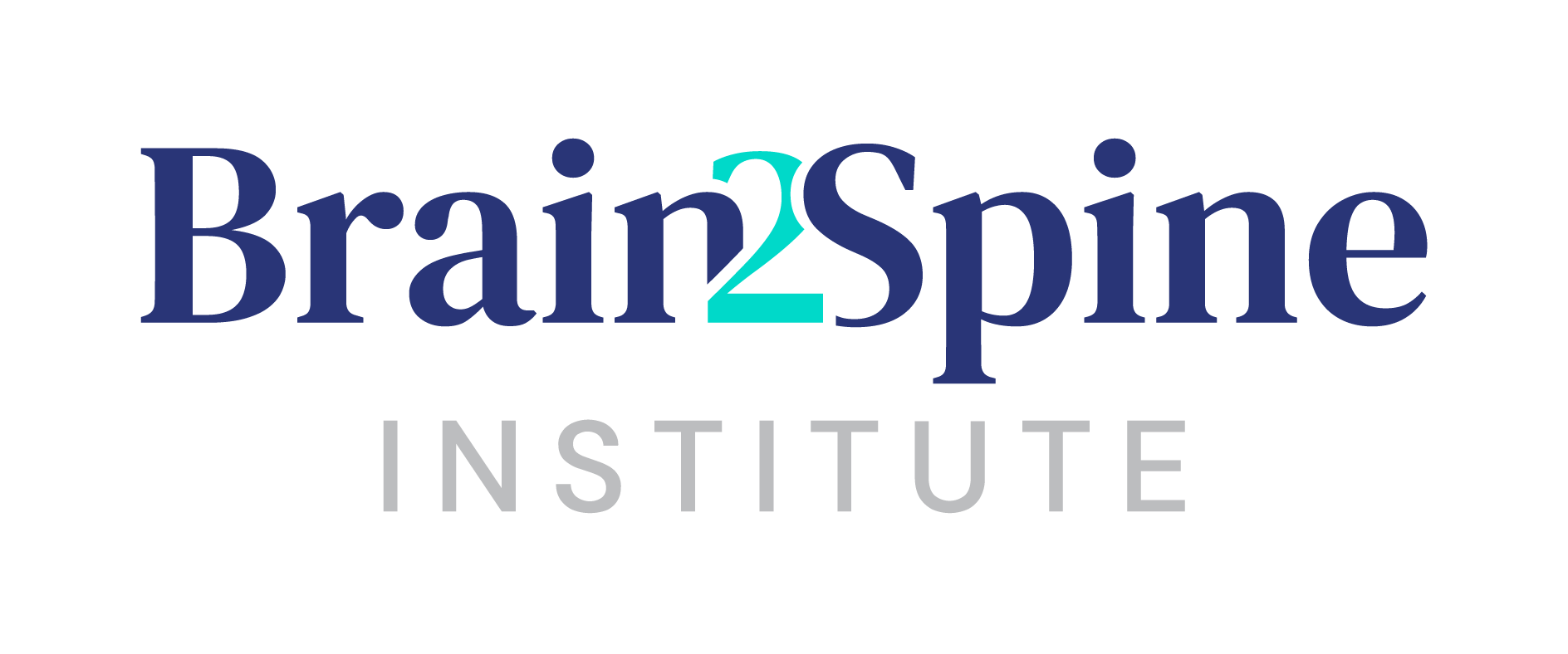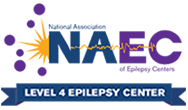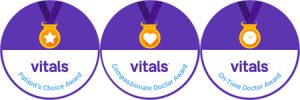Osteoporosis is a degenerative condition of the skeletal system that causes a significant loss of bone density in which the creation of new bone does not keep up with the loss of old bone. Osteoporosis is called a silent disease because it does not show symptoms until the first bone fracture, at which point the condition is moderate to severe.
Osteopenia refers to the period of decreased bone density prior to the onset of osteoporosis. It does not show any symptoms except for decreased bone density, which is only detectable by a special scan. If caught early, medications and lifestyle changes can be prescribed to reduce the impact of osteoporosis.
Risk Factors
Women of Caucasian and Asian descent are at the highest risk for developing osteoporosis, especially those who are past menopause. Of all Americans with osteoporosis, 80% are women. There are several reasons why females are more at risk. Women tend to have smaller and thinner bones compared to men. When women reach menopause, their estrogen levels sharply decline. Estrogen protects bone mass and, as a result, women tend to lose bone mass after menopause.
Thyroid problems are also a risk factor for osteoporosis. Too much thyroid hormone can cause bone loss. This can happen from an overactive thyroid (hyperthyroidism) or from taking too much thyroid hormone medication to treat an underactive thyroid (hypothyroidism).
Other risk factors include:
- Sedentary lifestyle
- Tobacco/nicotine use
- Excessive alcohol consumption
- Certain medical conditions (Celiac, inflammatory bowel, kidney or liver disease, cancer, lupus, multiple myeloma, arthritis)
- Medications for seizures, gastric reflux, cancer, and transplant rejection
- Having an eating disorder that restricts food intake
- Lifelong lack of calcium intake
Symptoms
Osteoporosis typically shows no symptoms until the first fracture or bone break occurs. The progression of the condition occurs gradually over time. As bone density decreases, symptoms aren’t visible.
Once the bones have been weakened significantly, you may experience:
- A hunched or stooped posture
- A bone that breaks much more easily than expected
- Loss of height over time
- Back pain, caused by collapsed or fractured vertebrae
Diagnosis
Your doctor will ask you a variety of questions to obtain a detailed family and personal medical history. They will need to check your bone density, as this is the single predictor of the condition. You will be asked to lie on a table as a scanner passes over your body. Usually, only a few bones will be scanned (most commonly the hips and spine).
Treatment
There is no cure for osteoporosis, however, physicians and health professionals emphasize early education and prevention measures. Proper nutrition and exercise that is consistent throughout the lifetime is the best way to prevent this condition.
Diet
The diet should be sufficient in protein, calcium, and vitamin D. Men and women between the ages of 18 and 50 need 1,000mg of calcium a day. Once women reach their 50s, and when men reach their 70s, this increases to 1,200mg a day.
Exercise
The exercise regimen should be consistent and feature a combination of strength training, weight-bearing, and balance exercises. By strengthening muscles and joints, the bones will be better supported.
Weight-bearing exercises such as walking, running, stair climbing, and any impact sport are beneficial. Balance exercises such as tai chi and yoga are helpful as you age to decrease the risk of falling. While exercises such as swimming, cycling, and exercising on machines (elliptical) are good cardiovascular exercises, they do not improve bone health.
Managing Osteoporosis
If you already have osteoporosis, there are things you can do to manage the condition. A healthy diet and weight-bearing exercises can strengthen already-weak bones. Quit smoking and avoid heavy alcohol consumption.
Prevent falls by wearing low-heeled and nonslip shoes. Make sure there are no loose cords around the house and that area rugs are not slippery. Install grab bars in the shower and in other areas that you may need extra assistance in.
Your doctor may recommend certain medications to help strengthen bones and prevent fractures. These include bisphosphonates, monoclonal antibody medications, bone-building medications, and hormone-related therapy.
For a comprehensive evaluation from the experts at Brain2Spine Institute, call 727-828-8400.






